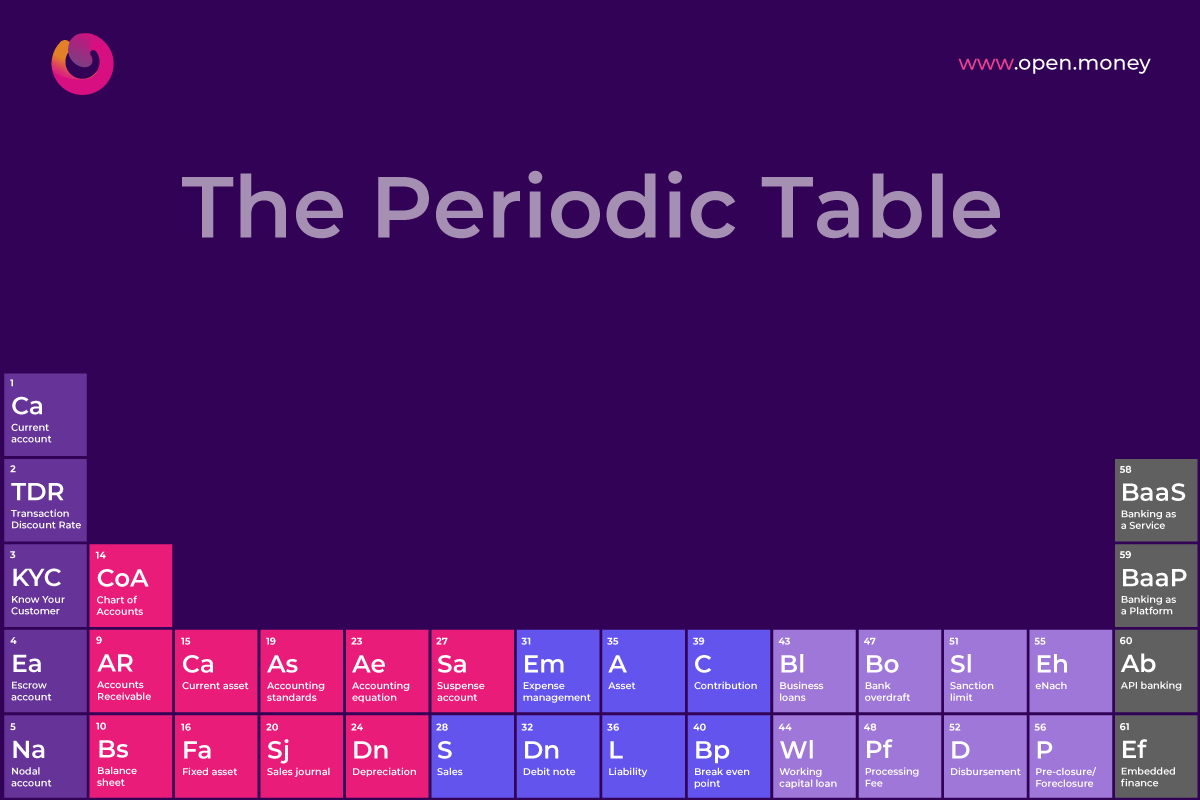Managing vendors can be challenging even in the best of times. When teams are working remotely, keeping track of supplier performance, contracts, and approvals becomes even more complicated. Relying on spreadsheets, emails, and scattered files often slows down decision-making and creates room for errors. This is where vendor management systems designed for remote teams make a difference. With cloud-based tools, businesses can streamline their vendor processes, maintain clear communication, and ensure every part of the supplier relationship runs smoothly, no matter where the team is located.
Understanding Vendor Management in a Remote Setting
At its core, vendor management involves the processes and strategies a business uses to manage relationships, contracts, and performance of its suppliers. For remote teams, these processes need to adapt to a virtual environment where communication, tracking, and accountability are entirely digital.
A vendor lifecycle management process typically includes steps like vendor onboarding, performance tracking, contract management, compliance checks, and renewal or offboarding. Managing this lifecycle manually can be challenging when teams are working from different locations. Cloud-based solutions, particularly SaaS-based VMS solutions, provide the digital infrastructure to manage these stages efficiently.
Benefits of Cloud-Based Vendor Management for Remote Teams
1. Centralised access from anywhere
One of the most significant advantages of cloud-based VMS is accessibility. Team members can access vendor information, contracts, and performance data from any location with an internet connection. For remote teams, this eliminates delays caused by waiting for documents to be shared or approved.
For example, a procurement officer in Bangalore can review supplier contracts in real time while a finance team member in Mumbai processes payments, all within the same system. This centralised access ensures that all team members are on the same page and reduces the risk of miscommunication.
2. Real-time collaboration and communication
Remote vendor collaboration tools integrated into cloud VMS allow multiple stakeholders to interact directly within the platform. Features such as shared dashboards, task assignments, approval workflows, and instant notifications help teams coordinate seamlessly.
Consider a scenario where a supplier needs to submit quality reports for raw materials. With an online supplier management platform, the supplier can upload reports directly, and remote team members can review, comment, or approve them instantly, reducing turnaround time.
3. Enhanced vendor performance tracking
Maintaining vendor performance standards is critical, especially for businesses operating in multiple regions. Cloud-based VMS solutions offer performance dashboards and analytics that track key metrics such as delivery timelines, quality scores, and compliance adherence.
By integrating vendor lifecycle management process data, businesses can identify underperforming vendors early and take corrective action. For instance, a manufacturing company using a cloud VMS can monitor raw material suppliers’ on-time delivery rates and proactively address delays before they affect production schedules.
4. Improved compliance and risk management
Remote teams often face difficulties ensuring vendors comply with regulatory requirements. A cloud-based online supplier management platform provides a secure repository for contracts, certifications, and compliance documents. Automated alerts can notify both vendors and team members about expiring licenses, contract renewals, or regulatory updates.
This approach not only reduces the risk of non-compliance penalties but also creates an audit-ready environment where documents and approvals are securely logged and easily retrievable.
5. Streamlined onboarding and offboarding
The onboarding and offboarding stages in the vendor lifecycle management process can be time-consuming without a centralised system. Cloud VMS simplifies these stages by providing standardized forms, checklists, and workflows that ensure consistency.
For example, when onboarding a new IT service provider, remote teams can complete background checks, verify certifications, and upload contracts all within the platform. Similarly, offboarding a vendor is streamlined, with automated reminders for equipment returns, account closures, and final payments.
Key Considerations When Choosing a Cloud VMS
To ensure successful implementation, businesses should focus on the following factors:
- Integration capabilities: The VMS should seamlessly integrate with accounting software, ERP systems, and communication tools.
- User-friendly interface: Remote teams vary in technical expertise. A simple, intuitive platform ensures wider adoption and efficiency.
- Security and data privacy: Ensure the solution adheres to industry standards for data encryption, access control, and compliance.
- Scalability: As your business grows, the system should accommodate additional vendors, users, and data without performance issues.
Conclusion
Managing vendors efficiently is vital for business continuity, especially in a remote work environment. Cloud-based vendor management systems provide a practical solution by centralising data, enabling real-time collaboration, improving vendor performance, and ensuring compliance. By leveraging SaaS-based VMS solutions and remote vendor collaboration tools, businesses can streamline their vendor lifecycle management process and make informed decisions, regardless of team location.
For modern businesses aiming to stay competitive and agile, adopting an online supplier management platform is no longer optional—it is essential. The right cloud-based vendor management system can transform how remote teams operate, creating greater transparency, accountability, and efficiency in supplier relationships.





